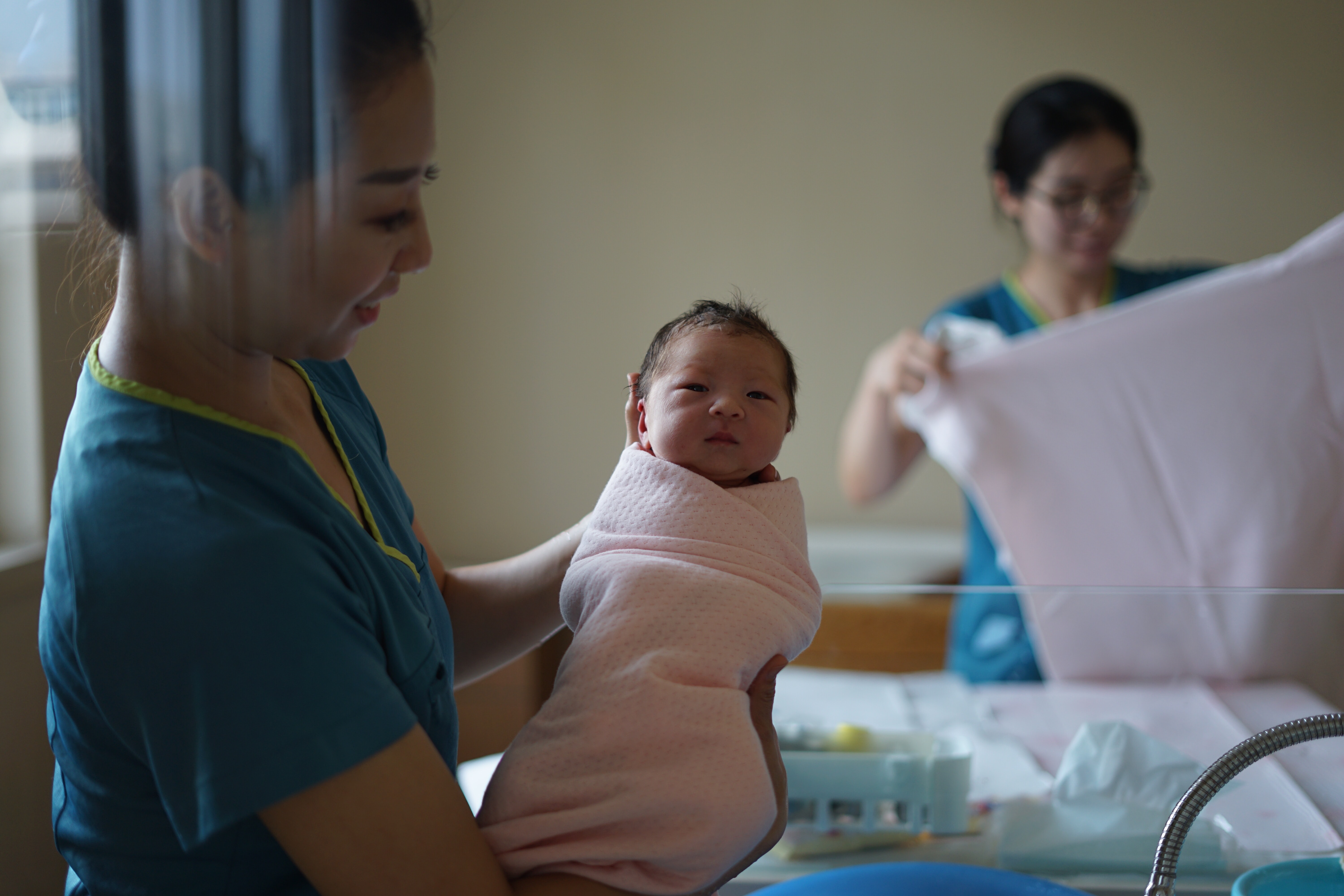Vocabulary:
I will read the words, meanings, and sample sentences. Then, repeat after me.
- prompt /prompt/
- door-to-door /DAWR-tuh-DAWR/
- advance /ad-VANS/
- pose /pohz/
- demography /dih-MOG-ruh-fee/
[verb] – to make something happen
The increase in the COVID-19 cases in the country prompted the leaders to enforce national lockdowns.
[adjective] – going from one house or building in an area to another
The company is a door-to-door delivery service.
[verb] – to go or move something forward, or to develop or improve something
Education advance the country’s society.
[verb] – to cause something, especially a problem or difficulty
The toxic chemicals in the factory pose threats to the communities around the area.
[noun] – the study of changes in the number of births, marriages, deaths, etc. in a particular area during a period of time
The demography in war-stricken contries continues to decline significantly.
Article reading:
Please read the whole article. Then, I will check your pronunciation and intonation.
China’s population growth rate is at its slowest pace in decades according to the government’s census released earlier in May. The yearly rate went down from 0.57% from 2000 to 2010 to 0.53% from 2010 to 2020, bringing the population to 1.41 billion. There was a significant decrease in the number of babies born last year according to Ning Jizhe, head of the National Bureau of Statistics. From 18 million newborns in 2016, only 12 million babies were born in 2020. The results prompted the government to boost measures for couples to have more babies. The census began in late 2020, with seven million census takers going door-to-door to gather information from households.
Ning said that the lower birthrate is a natural effect of China’s economic and social development. As countries advance, birth rates tend to become lower due to the population focusing on other priorities such as education and career. Shrinking populations pose some problems with its inverted age structure since there are more older people than young people. It means that the country may not have enough labor force to support its elderly in the future. The Chinese government ended the controversial one-child policy of 1979 in 2016 and is now allowing couples to have two children. Despite the immediate increase in the birth rate following the reform, it did not succeed in increasing the country’s birth rate afterward. Experts have told various media outlets that population decline in China could happen over the next few years. “It will in 2021 or 2022, or very soon,” Huang Wenzhang, a demography expert at the Centre for China and Globalization told the media.
Ning said that the lower birthrate is a natural effect of China’s economic and social development. As countries advance, birth rates tend to become lower due to the population focusing on other priorities such as education and career. Shrinking populations pose some problems with its inverted age structure since there are more older people than young people. It means that the country may not have enough labor force to support its elderly in the future. The Chinese government ended the controversial one-child policy of 1979 in 2016 and is now allowing couples to have two children. Despite the immediate increase in the birth rate following the reform, it did not succeed in increasing the country’s birth rate afterward. Experts have told various media outlets that population decline in China could happen over the next few years. “It will in 2021 or 2022, or very soon,” Huang Wenzhang, a demography expert at the Centre for China and Globalization told the media.
Discussion Questions:
I will read each question. Then, please answer them.
- What do you think are the reasons why the birth rate continue to decline in China despite the government’s efforts in ending the one-child policy in 2016?
- Are education and population correlated? Why or why not?
- What should the Chinese government do to boost their labor force?
- “Population growth is the gravest issue the world faces. If we do not act, the problem will be solved by famine, riots, insurrection and war.” Do you agree with this statement? Why or why not?
- Should couples be allowed to have as many children as they want? Explain your answer.
Summarization
Please summarize the whole article using your own words and expressions. You will have one minute to prepare before you answer.
Describe:
Please explain the definition of each word listed below based on your understanding. You can provide example sentences if needed.
- population
- career
- inverted
- controversial
- labor force
